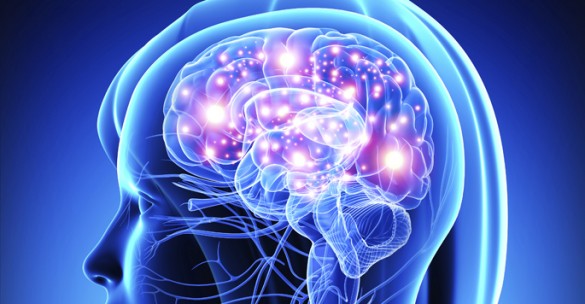
Post-mortem studies have reported reduced numbers of interneurons – nerve cells that synchronize and monitor information flow – in brain cortical regions of individuals with bipolar disorder or schizophrenia.
Christine Konradi and colleagues now extend these findings into new brain regions: the entorhinal cortex (EC) and adjacent subicular regions that together serve as a hub for integrating signals moving between the cortex and the hippocampus. They examined the density of three different interneuron populations in post-mortem brain tissue from patients with bipolar disorder (with psychosis) or schizophrenia, or normal controls. They found a reduction in parvalbumin- and somatostatin-positive interneurons in the EC in bipolar disorder and schizophrenia, but no change in the subiculum. Calbindin-positive interneuron densities were normal in all brain areas examined.
The findings, reported in Acta Neuropathologica, support the notion that psychotic disorders may share a similar pattern of changes in specific interneuron populations, and that these changes likely impact the flow of information between the cortex and the hippocampus.
The research was supported with funds from the National Institute of Mental Health.















